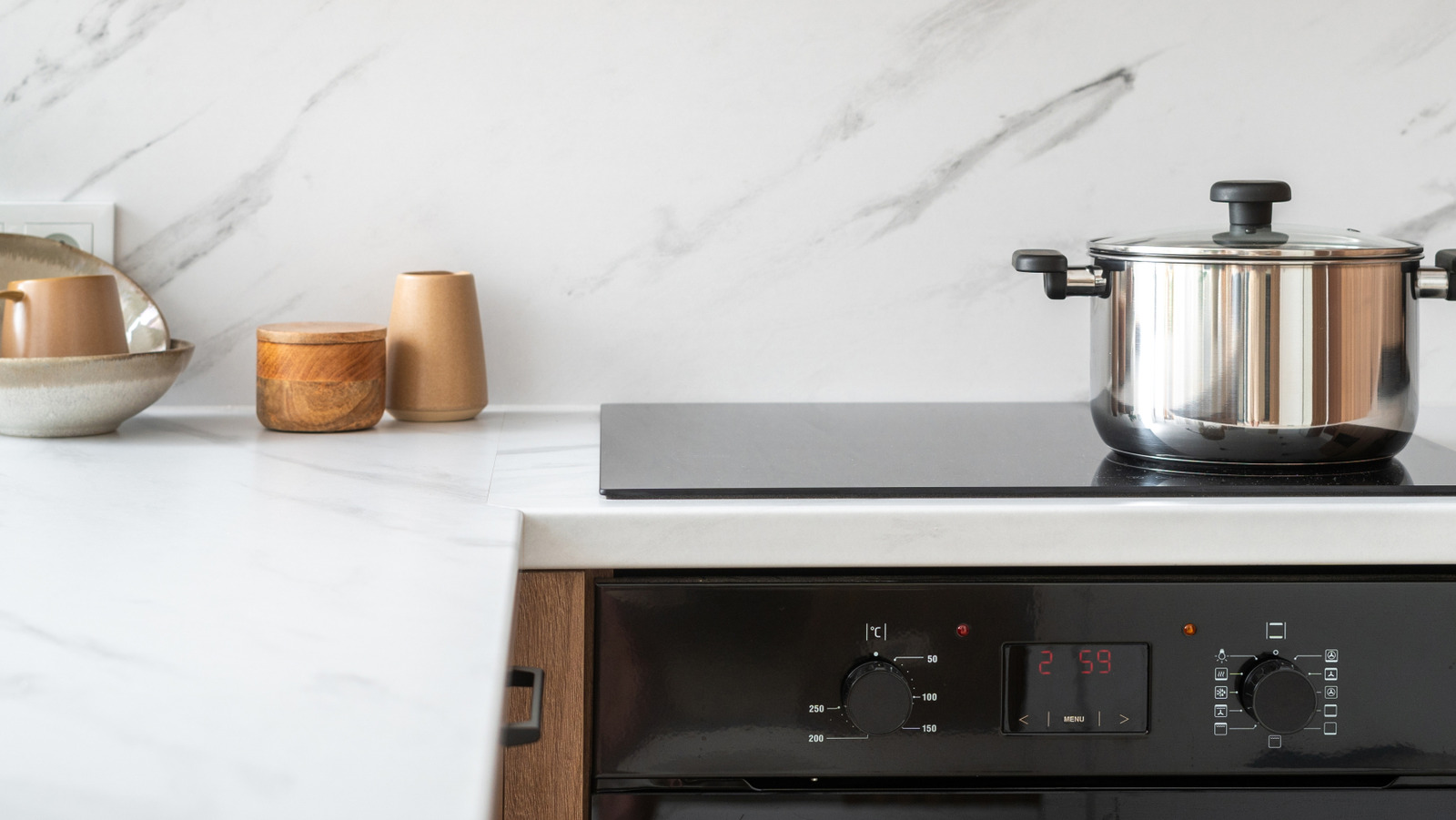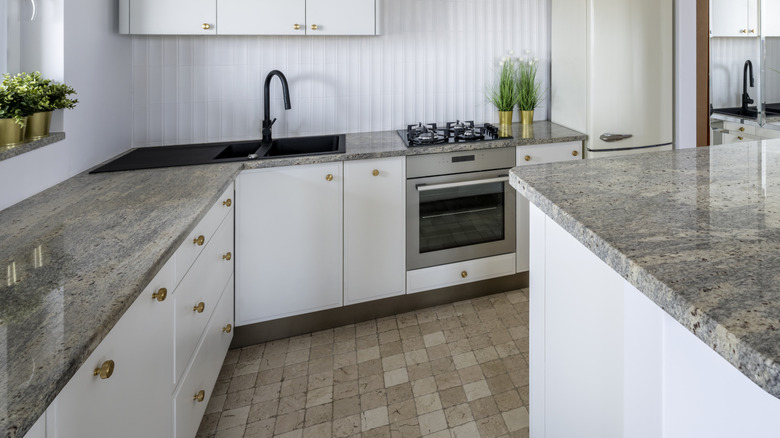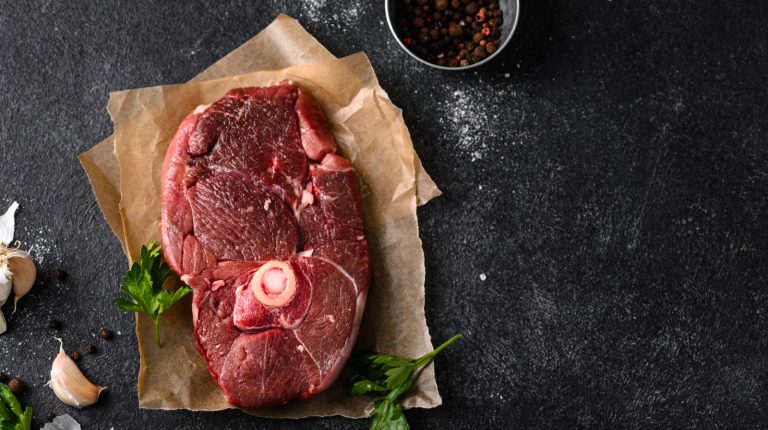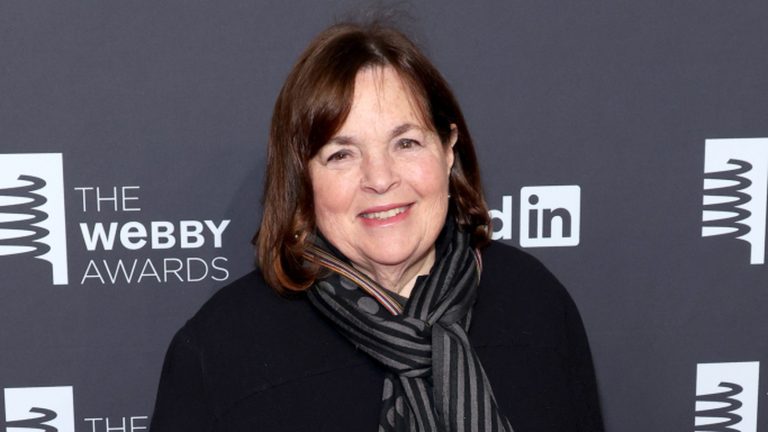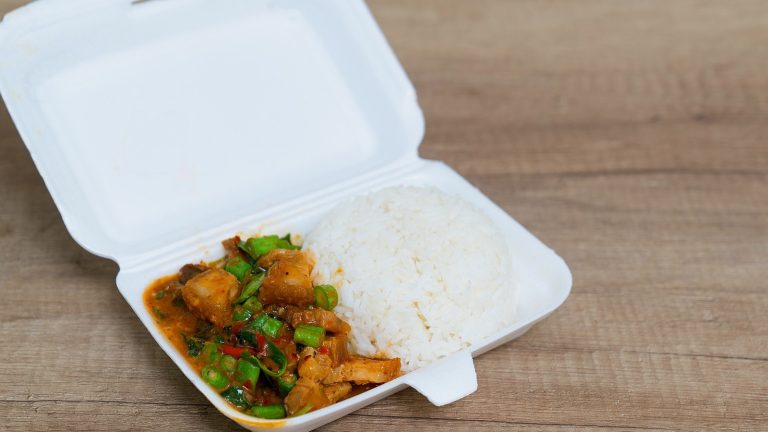There are many choices to make when designing or renovating your kitchen, from figuring out the best kitchen counters for selling your home to what type of edge they should have. Pencil edges are a great choice for any kitchen countertop, regardless of the material (or mix of materials) it’s made from. As the name implies, a pencil edge countertop has a subtle curve along the top edge before it shifts to a 90-degree drop, mimicking the appearance of a pencil. Think of a half bullnose but with a less pronounced curve. While this may seem like a small detail, the change is quite significant, impacting both the aesthetic and functionality of your kitchen countertops.
This style of edging offers flexibility and adaptability, complementing countertops whether you want your kitchen to have a more traditional or contemporary feel. In addition, the curved edge helps prevent chip damage, which is more common with other edge styles. Its versatility, sleek design, and ease of cleaning make it ideal for busy households with kids. Plus, the curved edge along the top softens bumps when a clumsy toddler comes running through the kitchen.
Overall, this timeless, classic styling offers elegance and versatility to your kitchen outlook, making it a popular choice for many homeowners. Notably, there are several variations and stylings that rival competing edges, such as the eased edge, to fit the tone and atmosphere that you desire for your kitchen.
The different pencil edge stylings
When considering pencil edges for your kitchen countertops, it’s important to understand that there are several versions available. For the most part, there are four alternative pencil edge styles: standard, double, extended, and beveled. Each of these styles offers a sleek look that works well in a variety of kitchen designs.
The main difference between these styles lies in the thickness and shaping of the edge. The aforementioned standard pencil features a subtle curve along the top edge, creating a smooth, minimalist appearance. The double pencil edge has that same curve on the top and bottom edges, adding a little eye-catching appeal to a still conservative option. As for the extended pencil edge, it enlarges the curve, which further emphasizes the smooth, rounded contour, creating a more noticeable presence. Lastly, the beveled pencil edge makes use of the rounded curve along with a gently angled cut along the top edge, adding a bit of visual interest through depth.
While pencil edges are a universal style that can work with any kitchen, they may not be for homeowners who want to make a bold statement, such as those who have spent a lot of time searching for the best stone for their kitchen countertop and want to highlight it through every design choice possible, such as choosing the more dramatic ogee counter edge. After all, while the pencil edge is quite versatile and comes in different variations, some may not perceive it as the most exciting counter edge out there. Ultimately, the decision comes down to personal preference and knowing what works well for your lifestyle.


